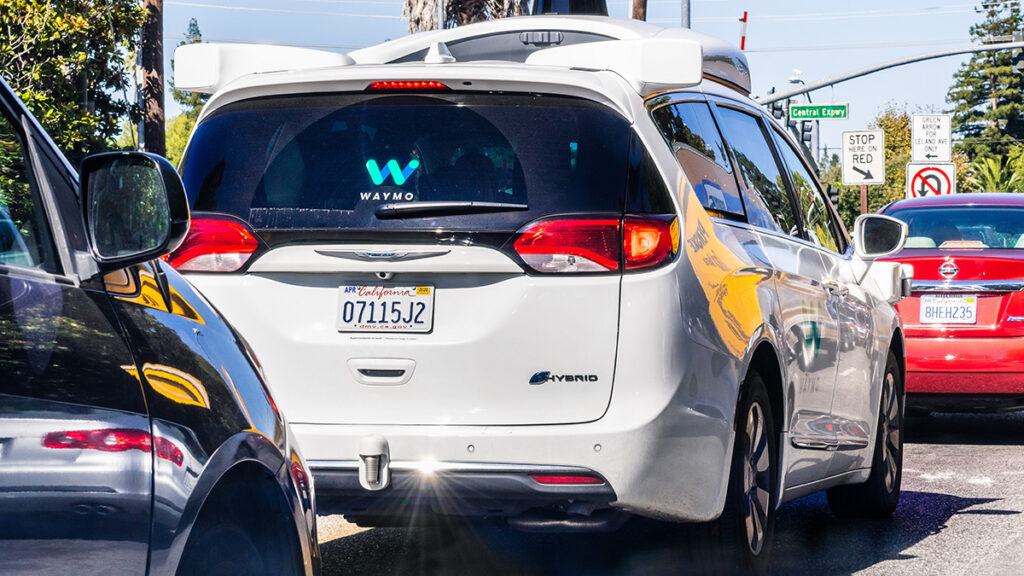Two “robotaxi” firms have been given the green light to start charging for service throughout San Francisco. This makes the city one of the first in the world where two separate self-driving taxi companies can offer paid rides around the clock.
This came last week after the California Public Utilities Commission granted the motion. Google-owned Waymo and General Motors-owned Cruise had previously been operating a small fleet of vehicles without drivers during off-peak hours in the city, but this is the result of both companies pushing to expand the service. In addition to an expansion of hours, the autonomous vehicles will now be also able to expand past their previous areas or operation to now accept paid rides across the city (with the exception of freeways).
Cruise hailed the approval of the expansion as a milestone for the driverless car industry and Waymo said the decision could usher in a new era for industry. This approval follows a hotly-contested lead-up and vote to the motion pushing for the expansion. Public and government bodies had expressed deep opposition to the proposal, resulting in the vote itself drawing more than 200 public commenters and running for over seven hours.
Criticisms from both local police and residents raised concerns about the safety records of the autonomous vehicles and claimed the cars often caused traffic incidents by abruptly shutting down or failing to make way for emergency responders, with a tech and privacy advocate testifying against the motion as a “failure to regulate a dangerous industry.”
In June 2022, a Cruise robotaxi was involved in an accident with a Toyota Prius after the car turned left in front of the oncoming car. Indeed, even as late as August 7th, some three days before the vote, a Cruise robotaxi was involved in a collision with a truck in the city.
Commissioners acknowledged alongside their approval of the motion that data on how autonomous vehicle safety records compare with regular cars was limited. This is because some robotaxi companies like Zoox, operating in California, currently don’t report as required their disengagements, such as when their system disengages or whenever a human driver has to take over, as they don’t refer to these incidents as disengagements.
This may go on to explain why driverless car services have been slow to live up to the promises of transforming transport that began with their development more than a decade ago. Technology glitches, safety fears and high-profile accidents involving vehicles have went some way to dissuading the public and halting authorities from approving their wider adoption.
Waymo said it was planning a expansion of its robotaxi programme, but gradually. This is despite having a supposed 100,000 people in the Bay Area registered on a waiting list to use the vehicles.
Its driverless cars currently provide more than 10,000 rides each week in San Francisco and Phoenix, Arizona, where its robotaxi service has been fully open to the public since last year.
Cruise has implemented a step-by-step expansion strategy. At present, they are operational in Austin, Texas, and Phoenix, alongside their San Francisco operations. They consistently complete 1,000 driverless trips with passengers nightly. Additionally, the company has plans to introduce their services in Houston and Dallas, Texas in the near future.
Cruise has previously envisioned achieving $1 billion in yearly revenue from their operations by the year 2025.
There’s plenty of other editorial on our sister site, Electronic Specifier! Or you can always join in the conversation by commenting below or visiting our LinkedIn page.
